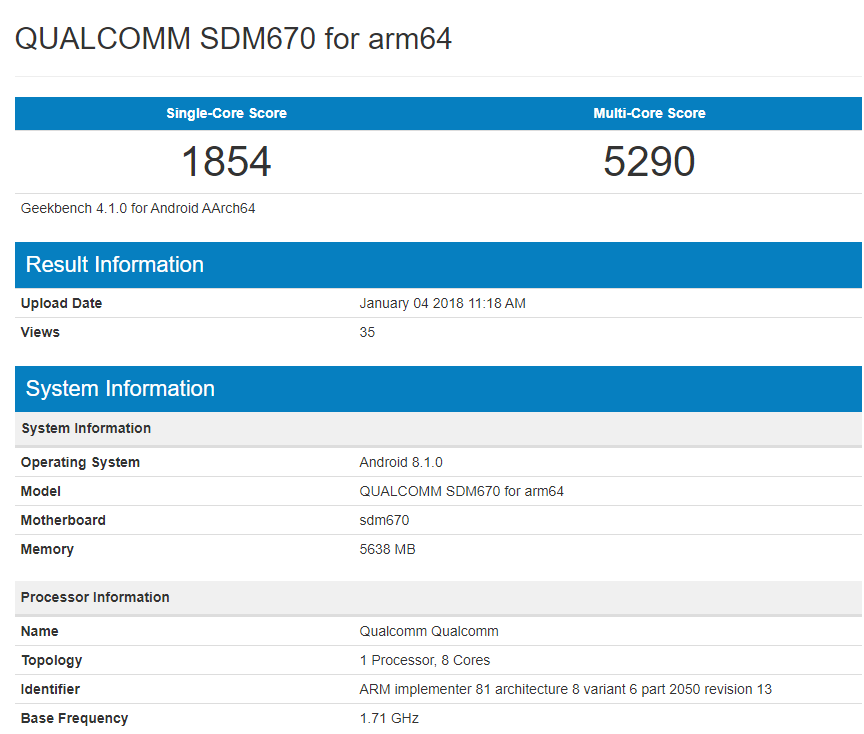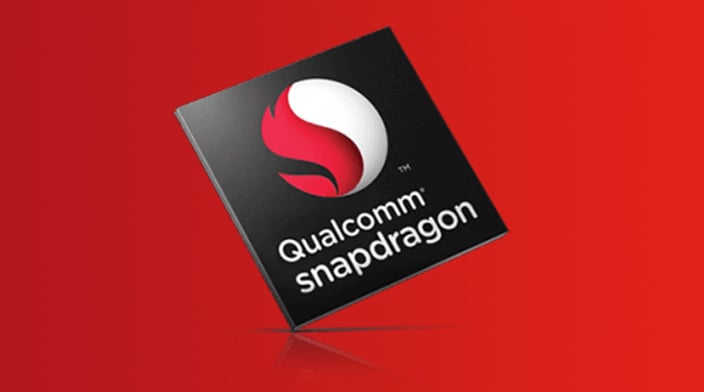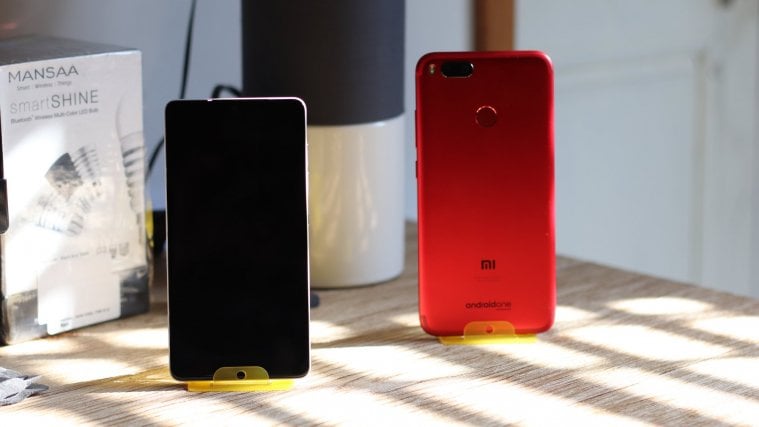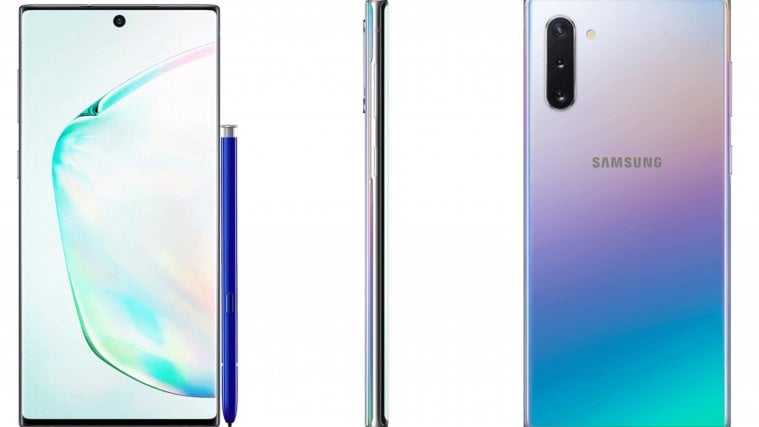The long-awaited successor to the Qualcomm Snapdragon 660 is here. Dubbed Snapdragon 670, this is the chipset that is expected to power upcoming premium midrange phones this 2018 and 2019 and is charged with bringing some really good performance to a market segment that is gradually becoming popular.
In 2016, Qualcomm made the switch to the 14nm FinFET process and the first beneficiary was the Snapdragon 820. Last year, the Snapdragon 630 and 660 came aboard the 14nm node, which ensured that the chipsets boasted increased efficiency compared to their predecessors.
With the tech giant having already moved on to the newer 10nm FinFET process and the fact that it has already been used for the 2017 flagship Snapdragon 835, it’s natural to assume that the incoming Snapdragon 670 will be the first midrange processor to benefit from this process.
Not so long ago, details of the Snapdragon 670 leaked online and with that, we have pulled together everything you need to know about the SDM660 successor, including what it brings to the premium midrange segment.
It’s a hexacore and dual-core cluster
Also known as SDM670, the new SoC will take a different direction from the usual Snapdragon chipsets. Where Qualcomm has in the past preferred to use four high-end and four low-end cores on its octa-core chipsets, the Snapdragon 670 octa-core will come with six “small” CPUs (low-end) and two “large” CPUs (high-end).

The hexacore will constitute a Qualcomm variant of the ARM Cortex-A55 known as Kryo 300 Silver while the dual-core cluster will come with a variant of the ARM Cortex-A75 known as Kryo 300 Gold.
More powerful than Snapdragon 660
Where the hexacore cluster will come with a maximum clock speed of 1.7GHz, the dual-core cluster will max a clock speed of 2.6GHz. The four low-end Kryo 260 cores on the Snapdragon 660 topped a speed of 1.8GHz while the other four high-end cores had a maximum clock speed of 2.2GHz, meaning the SDM670 is a small upgrade over its predecessor, at least for the high-end cores.
Usually, the low-end cores are often called into action during basic smartphone operations, with the high-end cores only coming in when needed, for instance, when playing games and other resource-intensive tasks. This will be the exact case for the Snapdragon 670 and given there are now two extra cores at the disposal of day-to-day tasks, you can expect even much better performance from the 670.
The Adreno 615 GPU is a definite upgrade over the Adreno 512 used in the Snapdragon 660, even though the latter has a higher clock speed of 850MHz compared to the maximum of 700MHz the former manages. In fact, the Adreno 615 will reportedly operate at a standard rate of 450/650MHz, but it’ll include a turbo function that can boost the speed to the said maximum of 700MHz.
A leaked Snapdragon 670 appeared in benchmarks, giving us an idea of what you can expect from the chipset and from the results, there’s no doubt that it’ll be as powerful as the likes of Snapdragon 820, 821 and even the 2017 Snapdragon 835.

In single-core tests, the SDM670 managed a score of 1854 and in multi-core tests, the score was even more impressive at 5290. These results were achieved when the chipset was paired with 6GB RAM and Android 8.1 Oreo, which is what we expect to see on most premium midrange phones this 2018.
Faster download speeds

The Qualcomm Snapdragon 660 comes with a Snapdragon X12 LTE (Cat. 12) modem that manages downlink speeds of up to 600Mbps and uplink speeds of 150Mbps. If the latest reports are to be believed, the Snapdragon 670 is said to feature a Snapdragon X2x LTE modem that will be able to clock downlink speeds of up to 1Gbps.
Although this will obviously not be possible in real life, it represents a significant upgrade over its predecessor. For comparison purposes, the new Snapdragon 845, which will power most flagship phones this year, has a Snapdragon X20 LTE modem that manages maximum download speeds of 1.2Gbps.
Larger batteries and slimmer designs
According to Qualcomm, the 10nm node allows up to 30% increase in efficiency, 27% higher performance or an impressive 40% lower power consumption. This means you are getting much longer battery life while still achieving optimum performance. Since the 10nm process promises a small chip footprint, the upcoming Snapdragon 670 will allow OEMs to include bigger batteries inside phones or come up with slimmer designs. Either way, it’s a win-win for consumers.
High-res dual cameras

The Snapdragon 670 is said to feature a specialized image processor that allows for high-resolution dual-lens cameras. The Snapdragon 660 is capable of supporting dual 16MP cameras or a single 24MP unit and even though it’s confirmed that the Snapdragon 670 will also support dual-lens cameras, the maximum resolution is still unknown.
On the brighter side, it’s already emerging that one of the company’s reference designs has 13MP and 23MP sensors, but nothing is certain just yet.
WQHD display resolutions
The premium midrange smartphone segment is dominated by full HD resolution display screens and even though we don’t expect the Snapdragon 670 chipset to change this trend, it won’t have any problem supporting WQHD resolutions of 2560 x 1440 pixels.

Usually, OEMs keep the display resolution at full HD for pricing reasons and since we don’t expect prices of premium midrangers to suddenly increase, it’s unlikely that any SDM670-powered phone will come with the maximum display resolution supported.
Snapdragon 670 release date
There is no word on when the Snapdragon 670 will be made official. However, given that the biggest mobile tech show is almost here, MWC 2018, it would be the perfect opportunity for Qualcomm to showcase its latest and greatest chipset in the midrange segment.
As for phones powered by the chipset, you may want to keep your fingers crossed because we think it won’t be too long before we see one.





